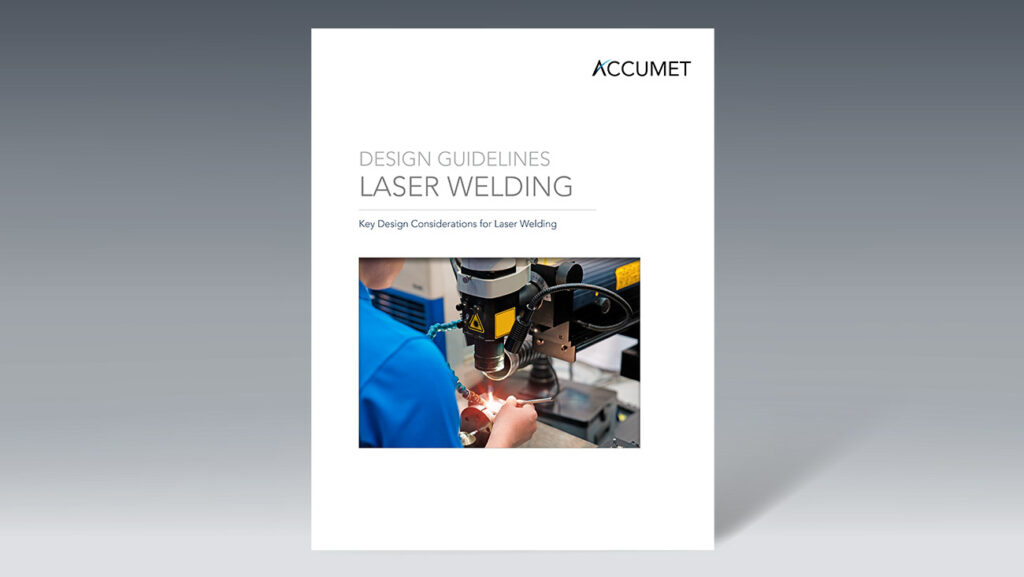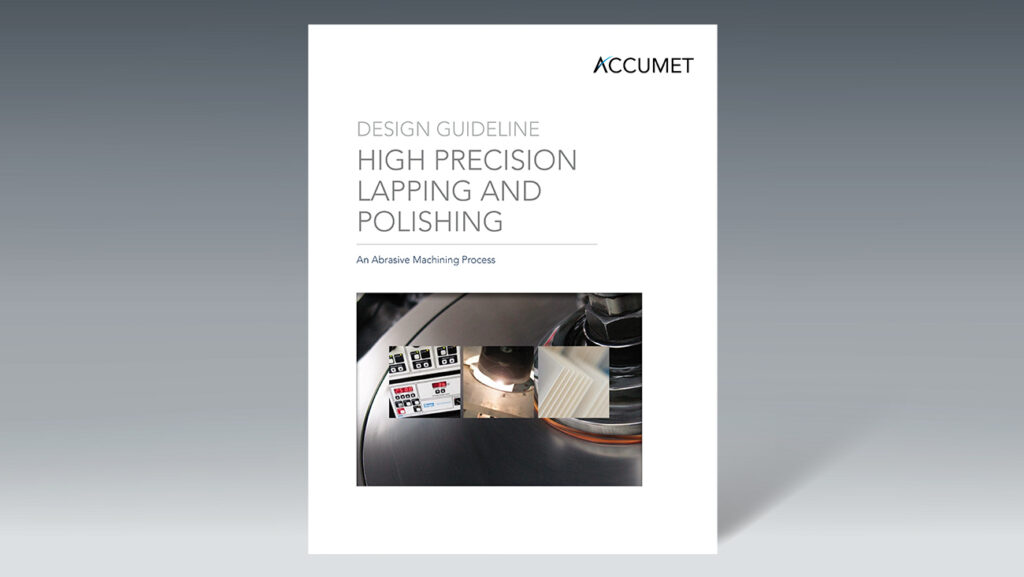Design Guidelines: Laser Welding
Posted on April 5, 2021 in Design Guidelines

“Laser” stands for Light Amplification by Stimulated Emission of Radiation. Simply put, laser welding uses a laser’s energy to generate heat in a focused beam. The beam is focused on a designated area, and energy is then pulsed through the beam and directed at that area. The beam causes the metal or metals to heat and melt at the point of the target, or “weld”. In their liquid state, the two metals combine so that when they are cooled, they are bonded together. The laser beam has a highpower density (typically 1 MW/CM2) which produces a very small, heat-affected zone, or “HAZ.” This HAZ is typically only fractions of a millimeter to a few millimeters in diameter, which means that it heats and cools very rapidly.



